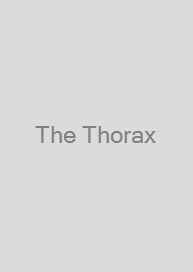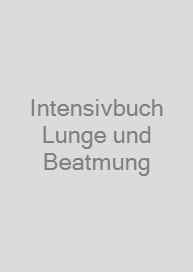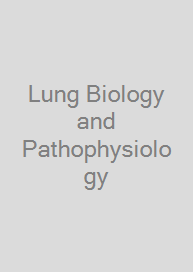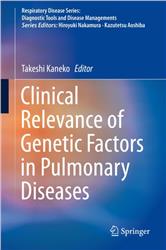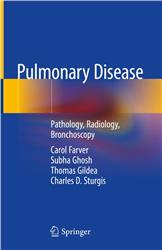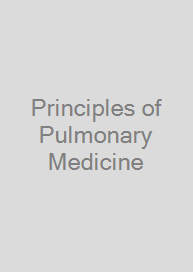The Thorax
Medical, Radiological, and Pathological Assessment
| Auflage | 2023 |
| Seiten | 934 pp., 916 illus. |
| Verlag | Springer |
| ISBN | 9783031210396 |
| Artikel-Nr. | 677820 |
Lieferzeit ca. 5 Werktage
Produktbeschreibung
The current medical practice has become more of a team effort rather than an isolated practice. The current evaluation of patients in the daily practice is essentially performed by medical assessment of the patient in question followed by diagnostic imaging, and when needed and possible the evaluation of tissue for diagnosis with its subsequent assessment of biomarkers and other ancillary tools that play an important role in the evaluation and prognosis. The book provides such assessment focused in the thoracic assessment of patients afflicted with any particular disease of the thorax. Expert clinician in pulmonary medicine provide the state of the art in the evaluation of such patients, which will provide the most important background in the clinical impression and further assessment of these patients. This assessment in most cases is followed by the evaluation of imaging, which provides a highly important information of not only the exact location of the process but also of the nature of whether is localized, infiltrative, diffuse, bilateral, etc., as well as the possible compromise of other adjacent structures. Such information is crucial as imaging and clinical information will provide a working diagnosis, which ultimately will be defined by the pathological assessment. Therefore, in real practice neither one of these subspecialties works alone or in isolation. On the contrary, each one depends on the other for the final diagnosis and proper management of patients with thoracic diseases. Based on such experience, this text provides the needed information that a clinician, radiologist or pathologist will need in order to arrive to the best possible conclusion.
The scope of this book is unique in its nature as it brings all three together in a single text. This book should be of interest to all of those in the practice of thoracic medicine (radiologist, pulmonologist, pathologists) and any one who in the general practice is confronted with the evaluation of these patients.
The scope of this book is unique in its nature as it brings all three together in a single text. This book should be of interest to all of those in the practice of thoracic medicine (radiologist, pulmonologist, pathologists) and any one who in the general practice is confronted with the evaluation of these patients.
Fachzeitschriften

Bleiben Sie informiert!
Melden Sie sich für den frohberg.de-Newsletter an und nutzen Sie jetzt Ihre Vorteil:- Willkommens-Dankeschön: Beatmungsmaske Rescue Me
- Aktuelle Neuerscheinungen und Empfehlungen
- Exklusive Angebote und Kongress-Highlights
